You are not logged in.
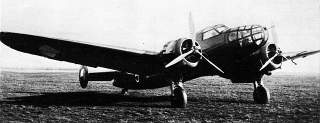

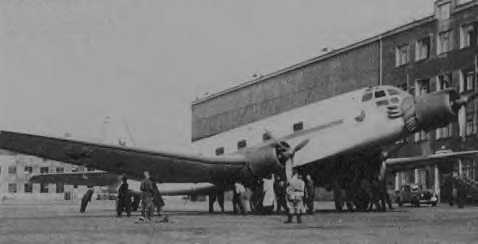




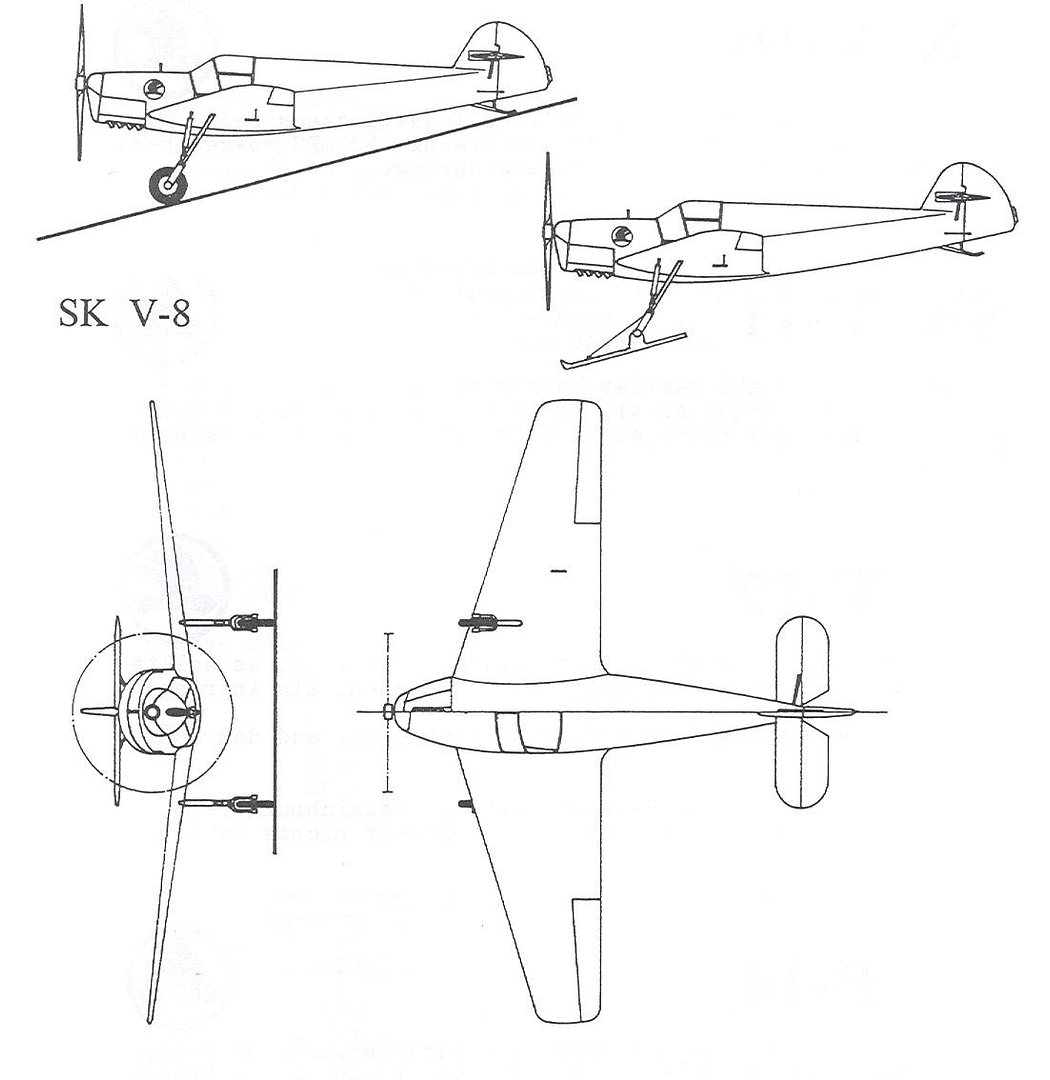
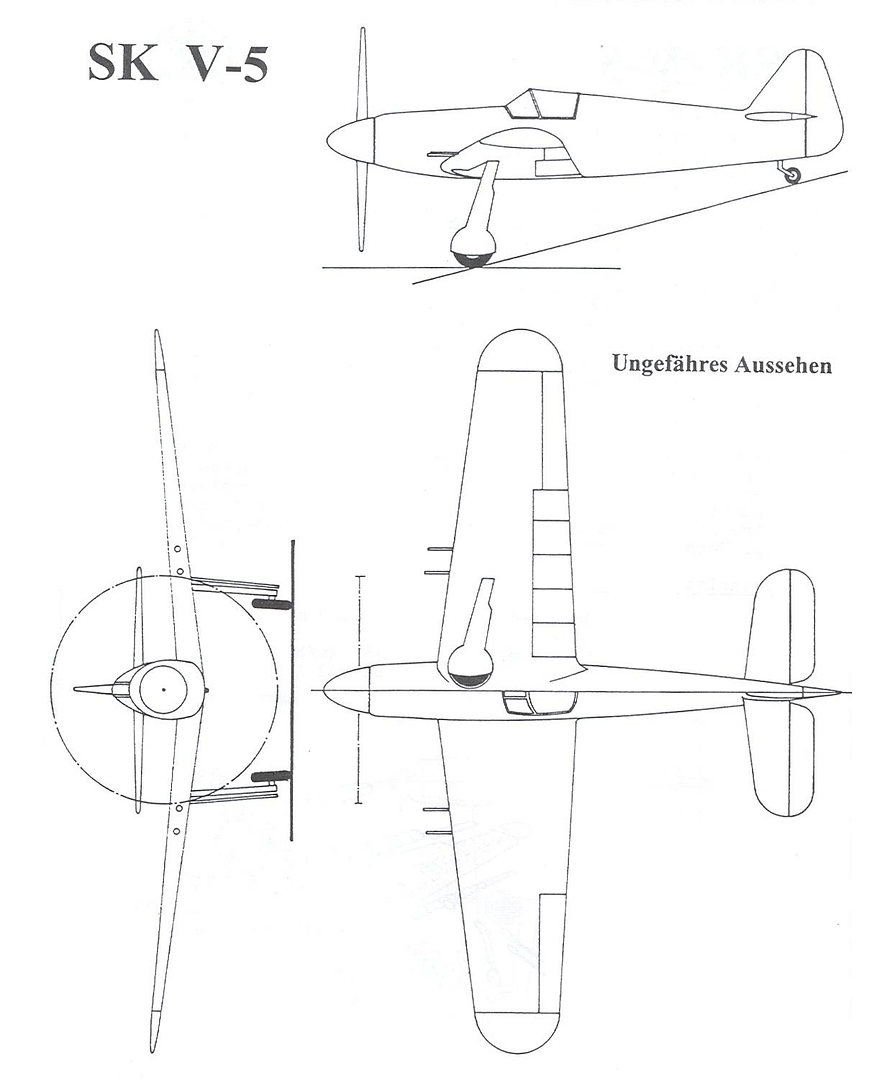

This post has been edited 10 times, last edit by "Hood" (Feb 3rd 2013, 3:00pm)
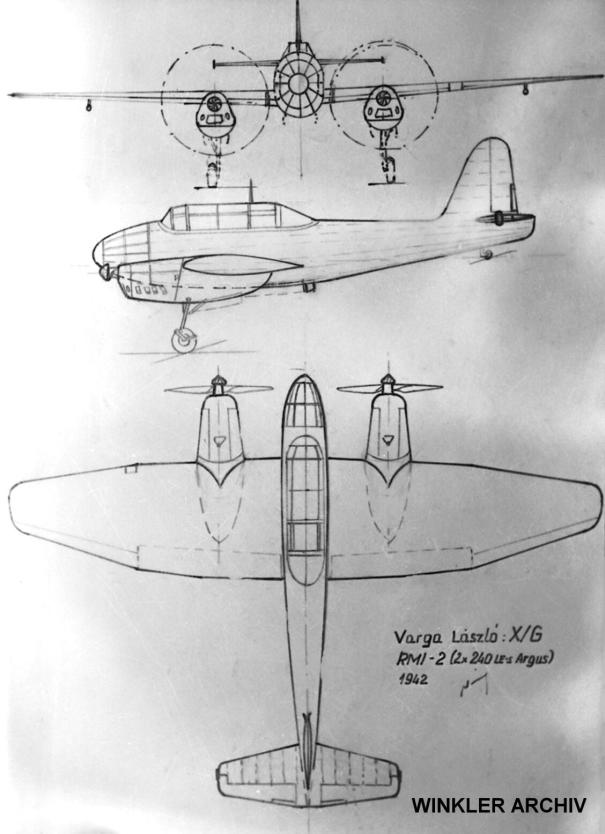
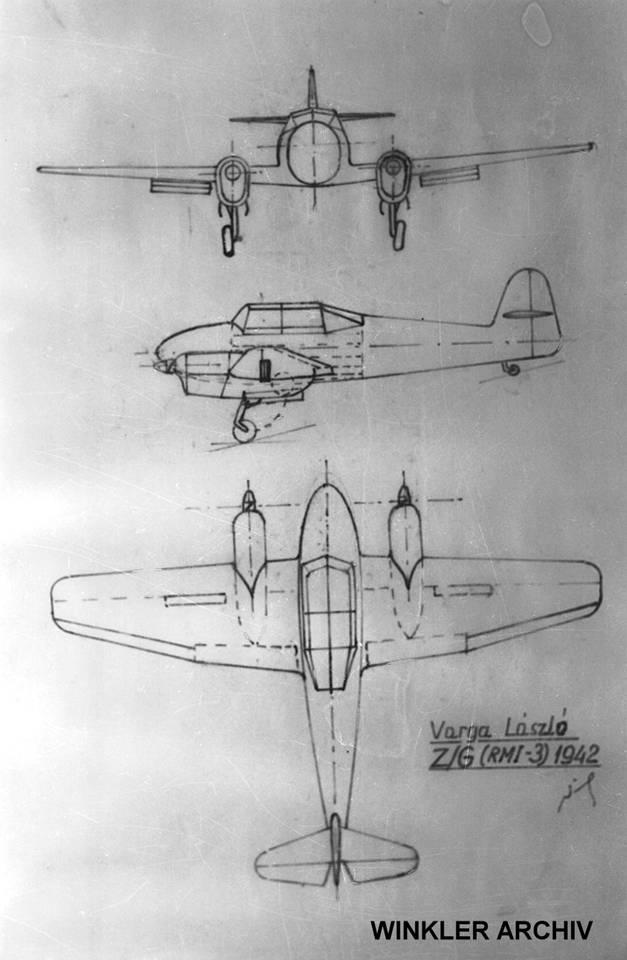
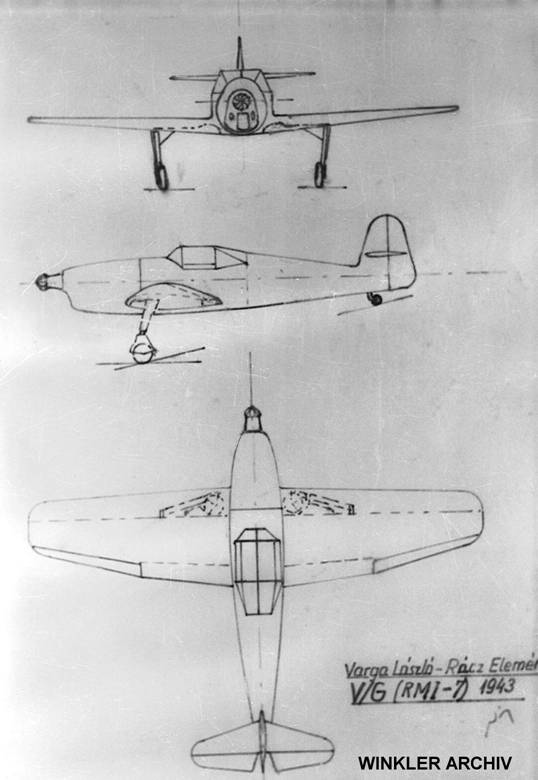
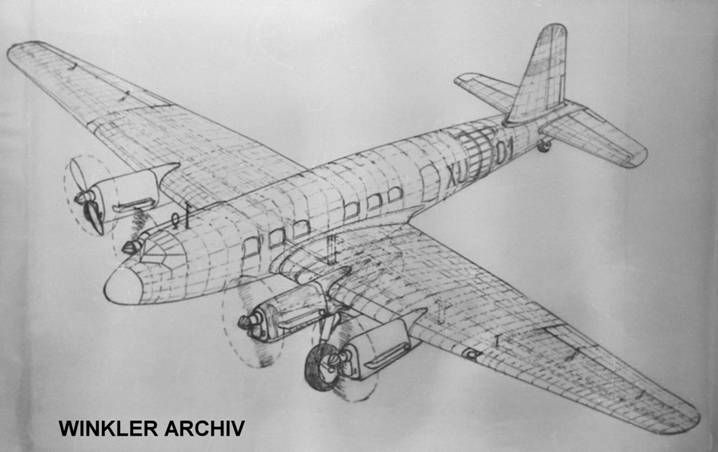

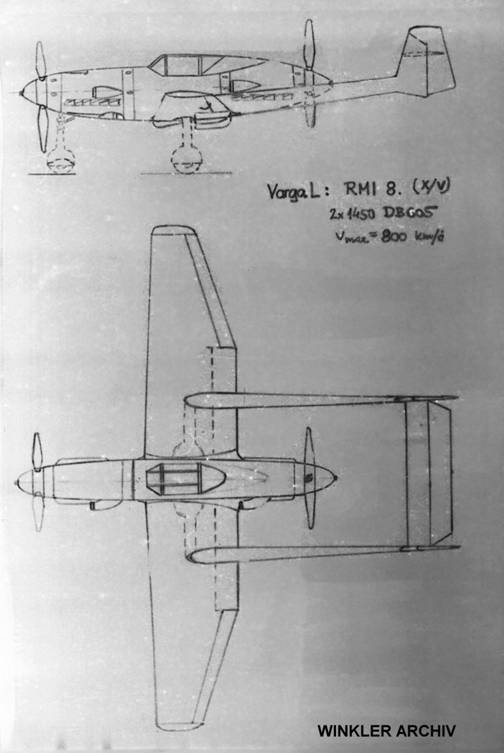
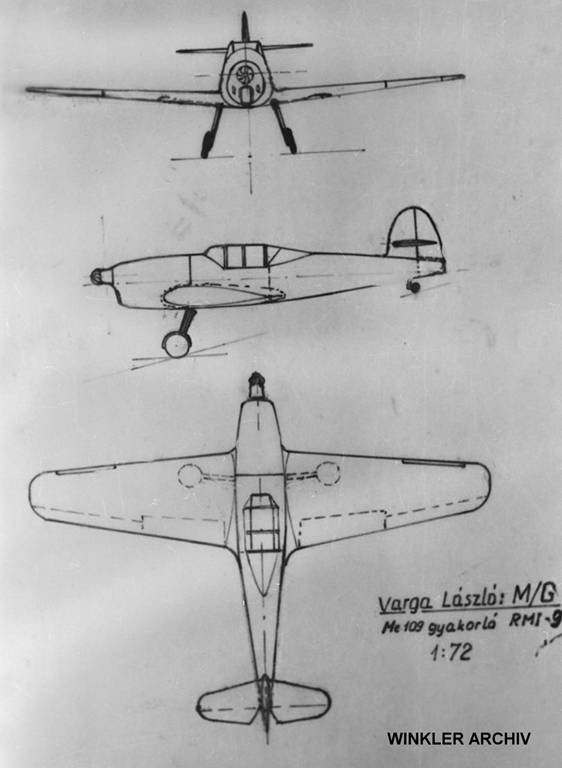
This post has been edited 1 times, last edit by "Hood" (Sep 8th 2012, 2:53pm)
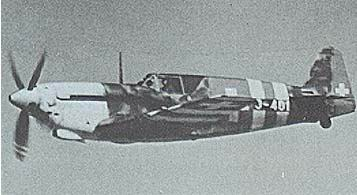
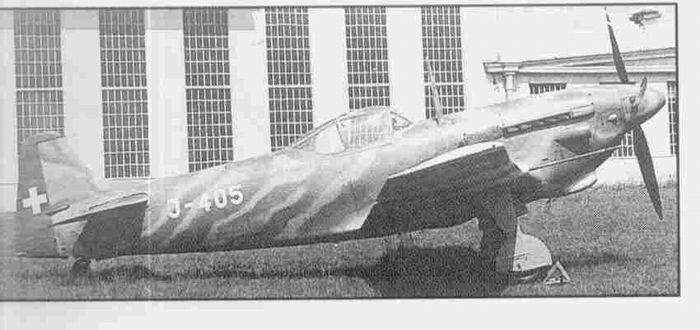


This post has been edited 1 times, last edit by "Hood" (Sep 8th 2012, 2:54pm)
Forum Software: Burning Board® Lite 2.1.2 pl 1, developed by WoltLab® GmbH
